DALLAS — Lockheed is best known today for fighters and space projects, but it once played a significant role in commercial aviation. From the graceful Super Constellation to the advanced L-1011 TriStar, Lockheed built some of the most memorable airliners ever to take to the sky. But somewhere along the way, things changed.
This story looks back at that journey, how Lockheed entered the airline world, what made its planes special, and how it eventually stepped out of the business for good.
How Lockheed Started
Lockheed didn’t start as a giant defense company. In the early days, it was just a small operation in California, working out of introductory workshops and trying to build airplanes that actually made sense for travel. Their first real step into the commercial side came in 1927 with the Lockheed Vega. It wasn’t an enormous airliner, more like a small, fast passenger plane, but it was important.
What's fascinating is that it was made of wood yet performed better than many metal aircraft of the time. It could carry a few passengers, fly long distances, and it quickly got people’s attention.
The Vega wasn’t their first design ever, but it was the one that really put Lockheed on the map. After that, the company began to grow, becoming more serious and moving toward larger commercial aircraft that would define its early years.

Lockheed’s Growth and the Electra
After the Vega, Lockheed began growing steadily and took commercial aviation more seriously. This led to the L-10 Electra, one of the company’s first serious attempts to build a real airliner. Unlike the wooden Vega, the Electra was a full-metal, twin-engine aircraft designed for regular airline service. It could carry about 10 passengers, making it suitable for the early commercial routes of the 1930s.
Introduced in 1935, the L-10 Electra competed directly with the Douglas DC-2 and the Boeing 247, two of the strongest players of that era. Lockheed built a total of 149 Electras, helping establish the company as a reputable name in commercial aviation.
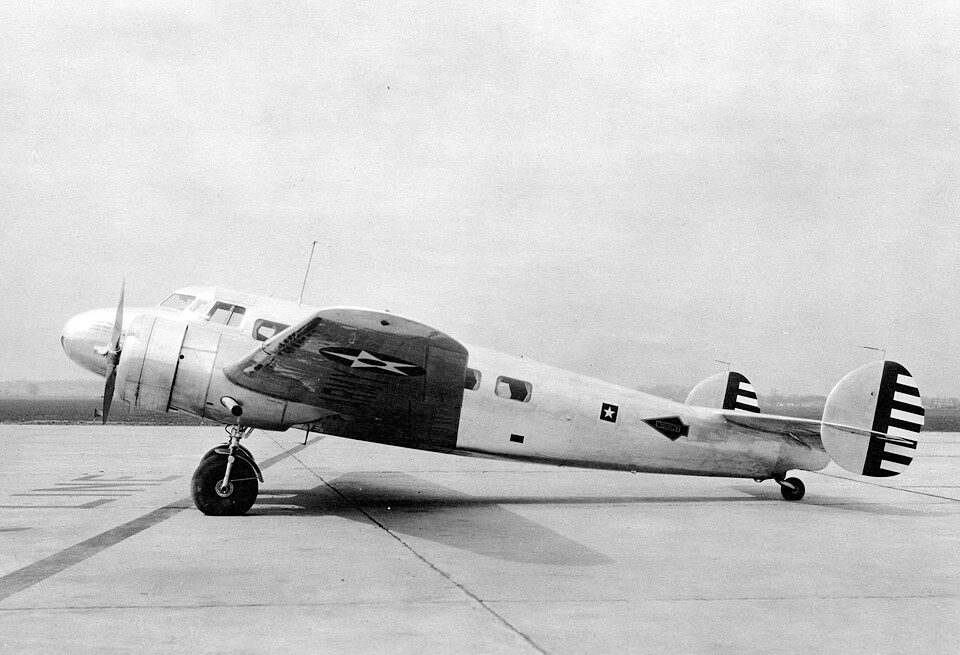
Lockheed’s Naming Style
A small detail people often forget is how Lockheed liked to name its aircraft. Many of their early models, Vega, Sirius, Orion, and Altair, were named after stars. It was a theme the company kept returning to, and it gave their aircraft a sense of distance, travel, and direction, which fit nicely with what commercial aviation was evolving into at the time.
The Constellation Era
In 1939, Howard Hughes, who at the time controlled TWA, approached Lockheed with a particular request. He wanted an aircraft that could carry around 20 passengers, plus 6,000 pounds of cargo, all the way across the United States non-stop. No airliner could do that back then, so this was a big ask.
Lockheed went ahead with the idea, and what emerged from that project was the Lockheed Constellation. It had four powerful piston engines, a pressurised cabin, space for around 44 passengers, and cruise speeds of roughly 350 mph (560–600 km/h), which was extremely fast for its time. It also featured hydraulically boosted flight controls, basically aviation’s version of power steering, and could fly high enough to avoid most bad weather. In the early 1940s, the Constellation was genuinely ahead of the curve.
The program was also a turning point inside Lockheed. Chief engineer Hall Hibbard later said, “Up to that time we were sort of ‘small-time guys,’ but when we got to the Constellation we had to be ‘big-time guys’… We had to be right and we had to be good.” The aircraft pushed Lockheed into a much more serious role in commercial aviation.
Another interesting part of the story is how tightly Hughes tried to control the project. He demanded complete secrecy during development and insisted that Lockheed could not sell the Constellation to any other transcontinental airline until TWA had received its first 35 aircraft. It shows how confident TWA was in the Constellation and how badly they wanted to keep the advantage to themselves.
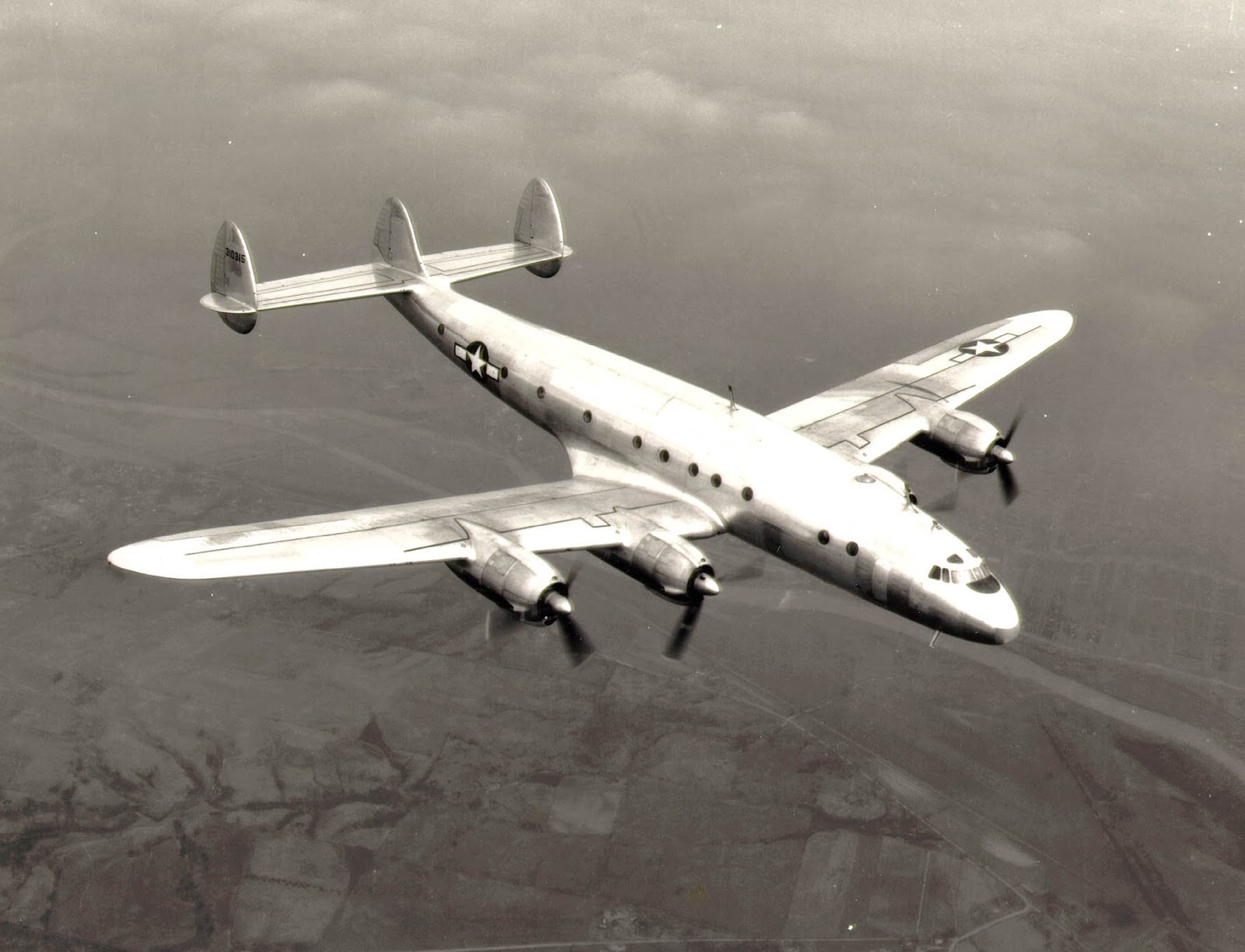
The Electra Setback
In the late 1950s, Lockheed introduced the L-188 Electra, a four-engine turboprop airliner built for around 80–100 passengers and medium-range routes. But soon after entering service, the Electra ran into a serious problem. Within its first year, two Electras were lost in highly publicised fatal accidents: one in September 1959 and another in March 1960.
Investigators eventually traced both accidents to a structural issue in the aircraft’s engine-mount and gearbox area.
Every Electra in service had to be grounded and modified at Lockheed’s expense. Each aircraft needed roughly three weeks of work, and the financial impact was heavy. Production ended in 1961, with only 170 Electras built.
This all happened right as the jet age was taking off. While Boeing and Douglas were introducing the 707 and DC-8, Lockheed was forced to focus on fixing the Electra crisis. The setback damaged Lockheed’s reputation, drained resources, and delayed the company’s entry into the jet airliner market—a disadvantage they never fully recovered from.
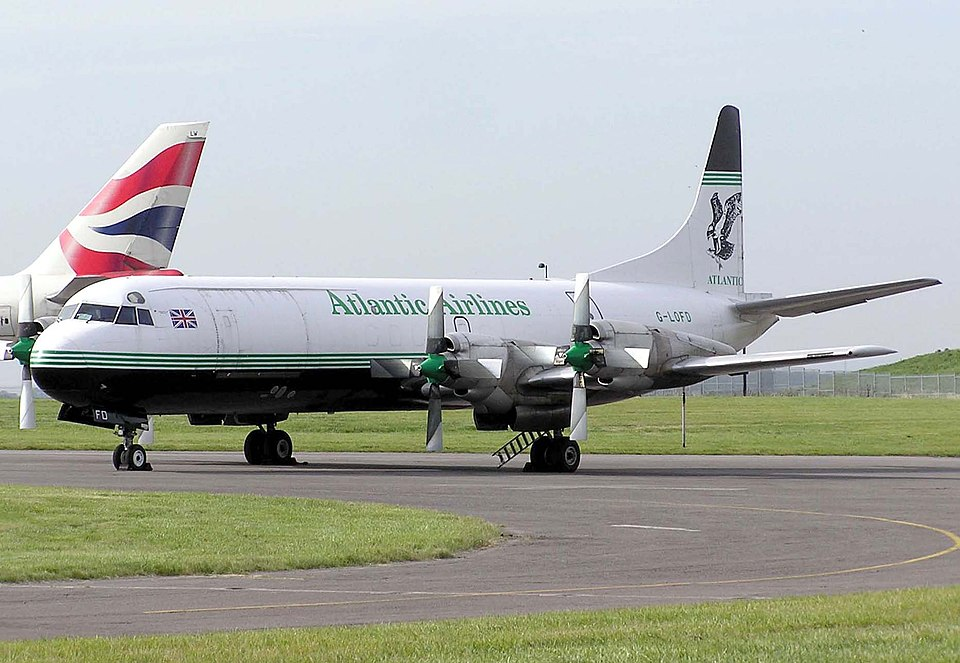
The L-1011 TriStar
The Lockheed L-1011 TriStar entered commercial service in the early 1970s and, in many ways, was one of the most advanced airliners of its generation. The TriStar is often described as an over-engineered aircraft, but in a positive sense, it featured technology far ahead of its time. It featured a competent automatic flight control system, an advanced autopilot, and electronic flight-control elements that reduced crew workload at a time when such automation was still new. Many pilots later called it one of the best-handling widebodies ever built.
But being this advanced also came with drawbacks. Development took longer and cost more than expected. The situation worsened when Rolls-Royce went bankrupt, Lockheed chose the RB211 as the TriStar’s only engine option, and, without a functioning engine supplier, the entire program slowed. These delays allowed Lockheed’s main competitor, the Douglas DC-10, to reach the market first and capture most of the early airline orders.
For Lockheed, this was a significant setback. The company had already invested heavily in the TriStar, hoping it would restore its position in the commercial market after the earlier Electra problems. Instead, sales were slow, costs kept rising, and the financial pressure grew.
With the TriStar struggling to attract enough orders and the broader market slowing, especially after the 1970s oil crisis, which reduced demand for new jets, Lockheed realised it couldn’t sustain the financial burden of another major commercial aircraft program. The company had taken too many hits, and the risks of continuing were simply too high. In the early 1980s, Lockheed began stepping back from the airliner business, and by 1984, it officially ended its involvement in commercial aircraft.
It was a quiet exit, the end of a long journey that began with small wooden planes in California and culminated in one of the most technically impressive widebodies of its time.
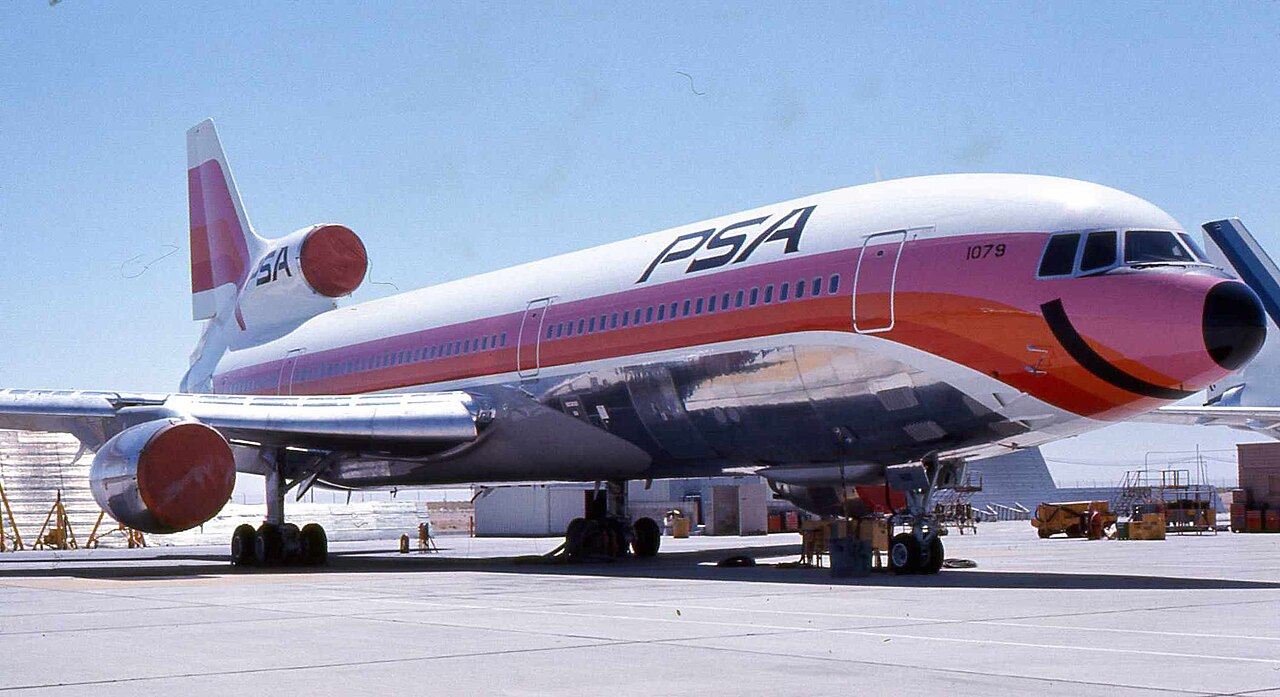
The End of a Chapter
Lockheed’s departure from the commercial aviation market is a reminder of how unforgiving the airliner business can be. Even a highly advanced aircraft isn’t guaranteed success, and sometimes factors completely outside a manufacturer’s control, like the Rolls-Royce bankruptcy or the oil crisis of the 1970s, can shape an aircraft’s fate more than its engineering ever could.
The company eventually shifted away from building airliners, but the Lockheed name didn’t disappear. Today, as Lockheed Martin, it remains a significant force in aerospace and defense, known for aircraft like the F-22 Raptor and the C-5 Galaxy. The commercial chapter may have closed, but Lockheed’s impact on aviation never really went away.
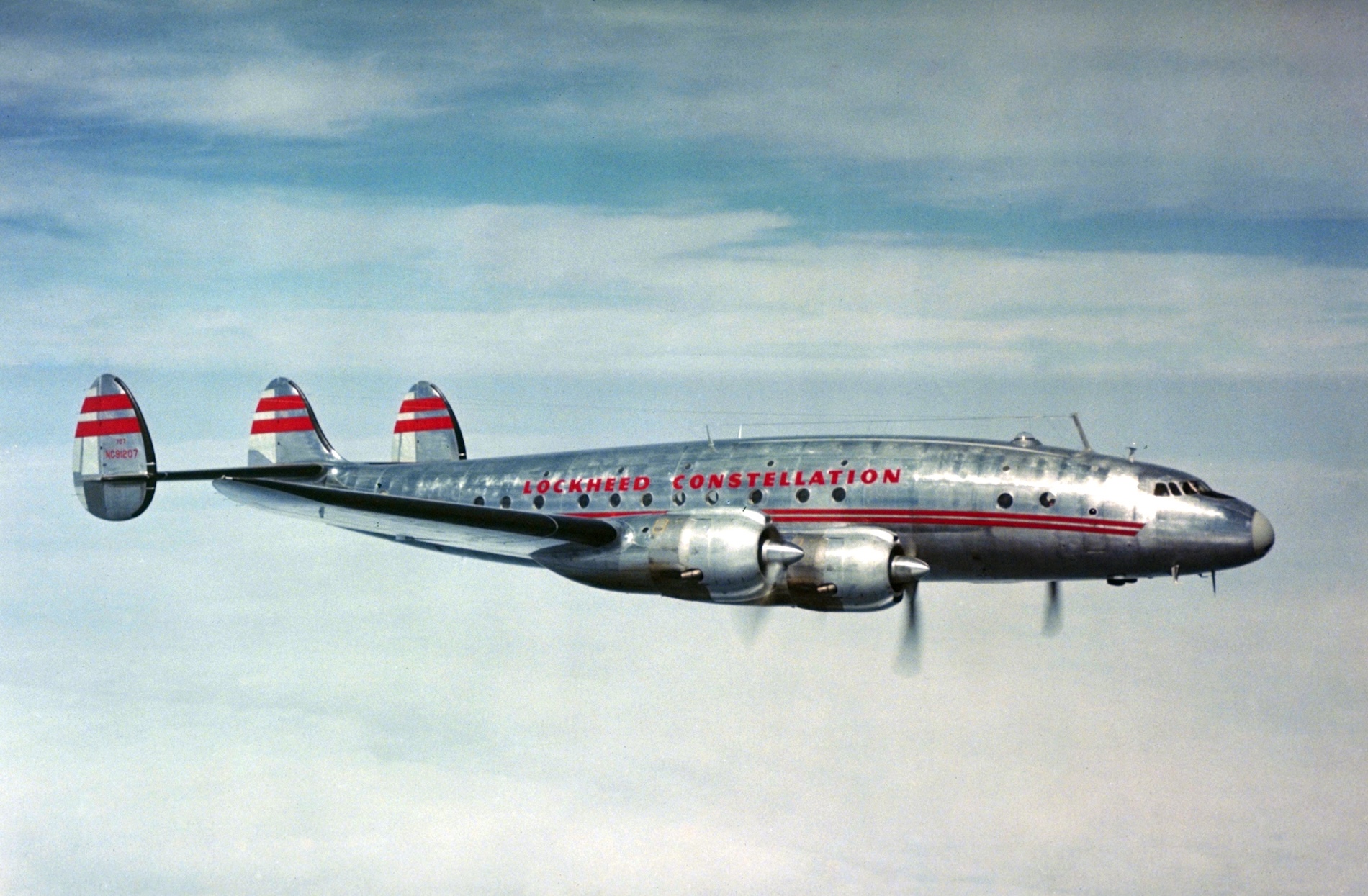


.webp)
